Are you going to visit Crete, Greece? After the beaches, the vestiges of Knossos and Heraklion, don't miss the gorges of Samaria! Follow our tour guide!
Situated southwest of Crete in the White Mountains massif, the Gorges de Samaria are among the longest gorges in Europe, with 16 kilometers long (the Gorges de Samaria) Gorges du Verdon in the Provence-Alpes-Côte-d’Azur region being the first longer, with 20 kilometers of steep cliffs.
High tourist destination in Crete, the Gorges de Samaria is a Greek national park recognized as a biosphere reserve by UNESCO since 1981 and is therefore a must for anyone who goes to Crete. Located on the edge of the south coast, it extends over 5,100 hectares, from the plateau of Malós, to more than 2,100 meters above sea level, overlooking the sea of Libya. In addition, the Gorges de Samaria are covered by a large quantity of arbes (parasols, platanes and cypresses, maple cretans and oaks). No less than 14 species of endemic plants grow, and more than 450 animal and plant species are found there, most of which are endemic to Crete. In this green paradise, the Gorges de Samaria are also the last natural refuge of the Cretan wild goat.
Are you planning to visit the Gorges de Samaria in Crete? Here is our mini-guide to make this hike in idoline!
Historic rapid of the Gorges de Samaria
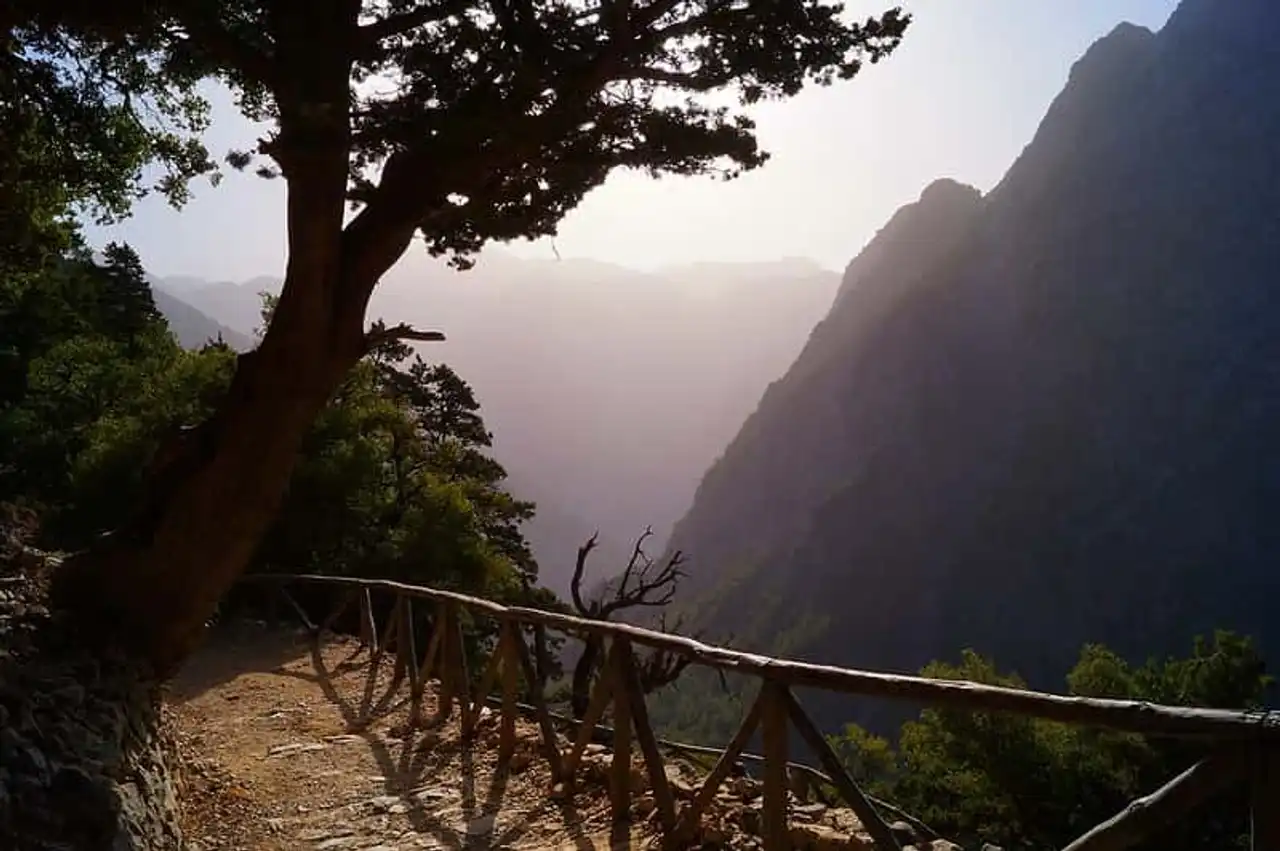
Photo credit: Flickr – Jaydo Dre
The history of the Gorges de Samaria dates back to the movements of the tectonics of the plates that took place about 14 million years . The site was occupied for thousands of years and provided a strategic defence point for foreign invasions since prehistory, particularly in the Minoan era. An ancient and influential Greek city – Tarra – existed on the current site of Agia Roumeli, relatted by Homère. The city of Tarra exchanged with ancient Egypt, Mycenes, Knossos and Troy. Important Roman city until its destruction in 66 BC, Tarra was at a strategic crossroads between Rome and Egypt, which contributed to its economic prosperity. Higher town of piracy in the Lower Middle Ages (6-7th centuries), the Gorges were invested by the Venetians in the 14th and 15th centuries, then the site became the theatre of resistance against the Ottoman Empire in the 18th century.
A place of refuge for the Greek revolutionary independentists during the independence of Greece in 1821. The Gorges de Samaria in Crete once again played a role in the resistance of the Greeks against the Nazi regime during the Second World War The British allies, the supporters and the resistance fighters hid from the German enemy. The whole history of the Gorges thus brings together a common denominator: that of being relative to an unbeatable fortress for all the invaders who have been hit there since the highest Antiquity.
Today, the Gorges de Samaria can accommodate up to 2,000 hikers a day, more often a few hundred.
What to see and do at the Gorges de Samaria in Crete?
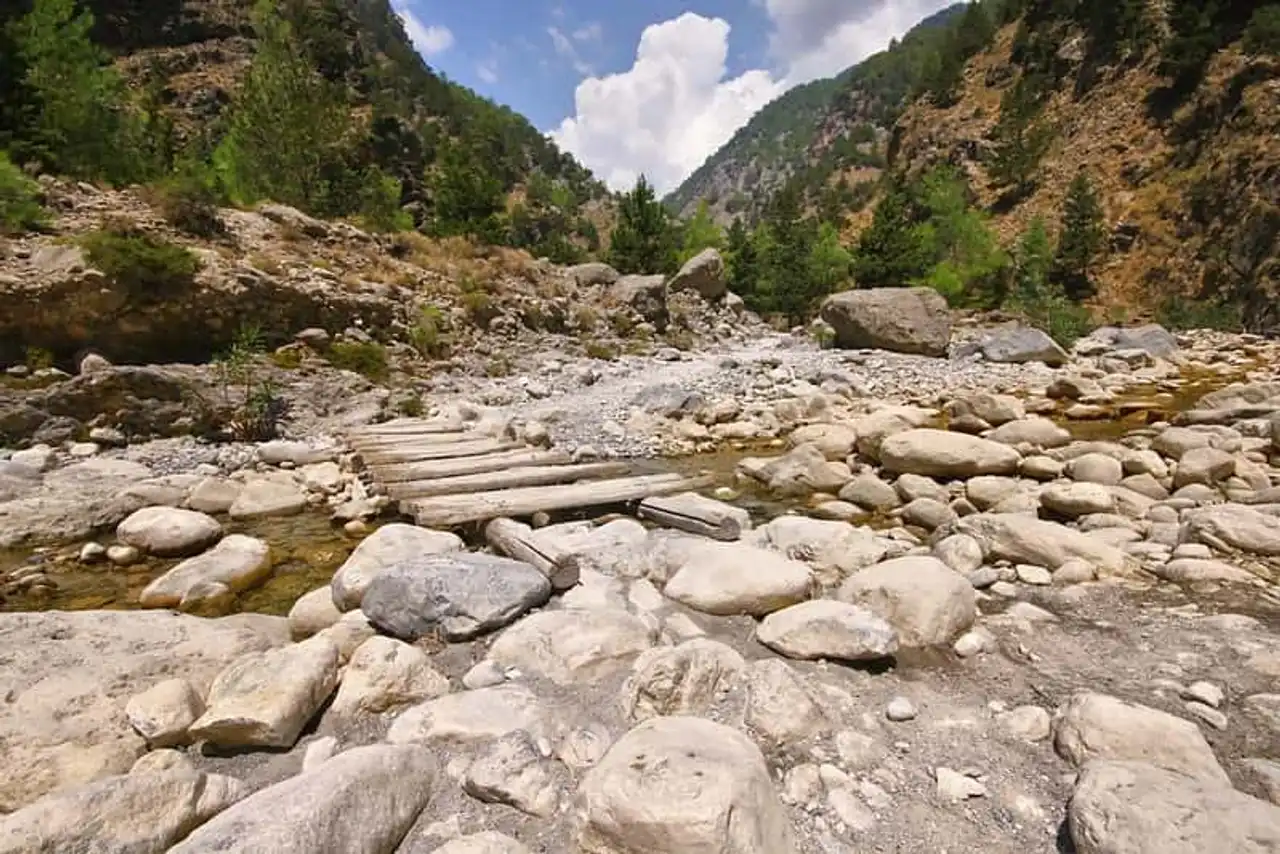
Photo credit: Flickr – Miguel Virkkunen Carvalho
So what about visiting the Gorges de Samaria?
The visit of the Gorges de Samaria begins in the Xyloskalo area 1,200 metres above sea level and ends in the village of Agia Rouméli, bordered by the Libyan sea. Conversely, one can start at Agia Rouméli, but the visit will be made exclusively up. At the most egressed point, the Gorges are 150 metres wide and close to only 3 metres at the narrowest point: the Iron Gate (no one knows why this "door" is called "iron").
At the start of Xyloskalo, the first part of the hike is 3 kilometers and is relatively steep: it is the most difficult part to cross. The course is surrounded by rest areas where toilets and drinking water points are found. It is at the end of the hike, in the last 3 kilometers, that we will see the famous “ Iron door » – Sideroports - the closest point in the throats, measuring only 3 meters wide. Along your walk on a lace path you will see the majestic vertical cliffs of the White Mountains, numerous animal and plant species and a sumptuous gazebo on the canyon, surrounded by the peaks at more than 2,000 meters above sea level.
Note that after crossing the Gorges de Samaria, it is possible to take the ferry to go to Sougia or Loutro , two small villages typical to the west and east of the national park.
How to go to the Gorges de Samaria in Crete?
- From Heraklion
The Samari Gorges are the focus of a number of sightseeing tours around the area. excursions from Heraklion . If you stay on site, it is an activity that allows you not only to integrate the transport to access the site, but also to enjoy a hike in the Gorges, including the village of Agia Roumeli on the way back.
- From Cane
To visit the Gorges de Samaria, public transport are accessible from La Canée, towards Omalos (KTEL network). The bus from La Canée to Omalos deposits the passengers at the entrance of the Samaria National Park, at the wooden staircase of Xyloskalo. By choosing a guided tour, a driver will pick you up directly at your hotel and bring you back after the hike.
- From Omalos
You can also choose to leave the day before Omalos so as to start the hike early in the morning (to the cool, and before most tourists flock there).
- From Agia Rouméli
Generally, the sense of visit is in descent, from Xyloskalo to Agia Rouméli, on the coast of Libya. If you are far from La Canée or if you do not want to waste time in transport, you can also rent a room where to sleep Agia Rouméli in order to be present on the site from the dawn to the opening of the site (but in this case you will hike up). Also ensure that you consult them schedule of buses : further you will find the Gorges de Samaria, the longer the journey time will be, expensive and tiring. In addition, the buses will arrive at high-speed times.
Schedules and rates of the Gorges de Samaria
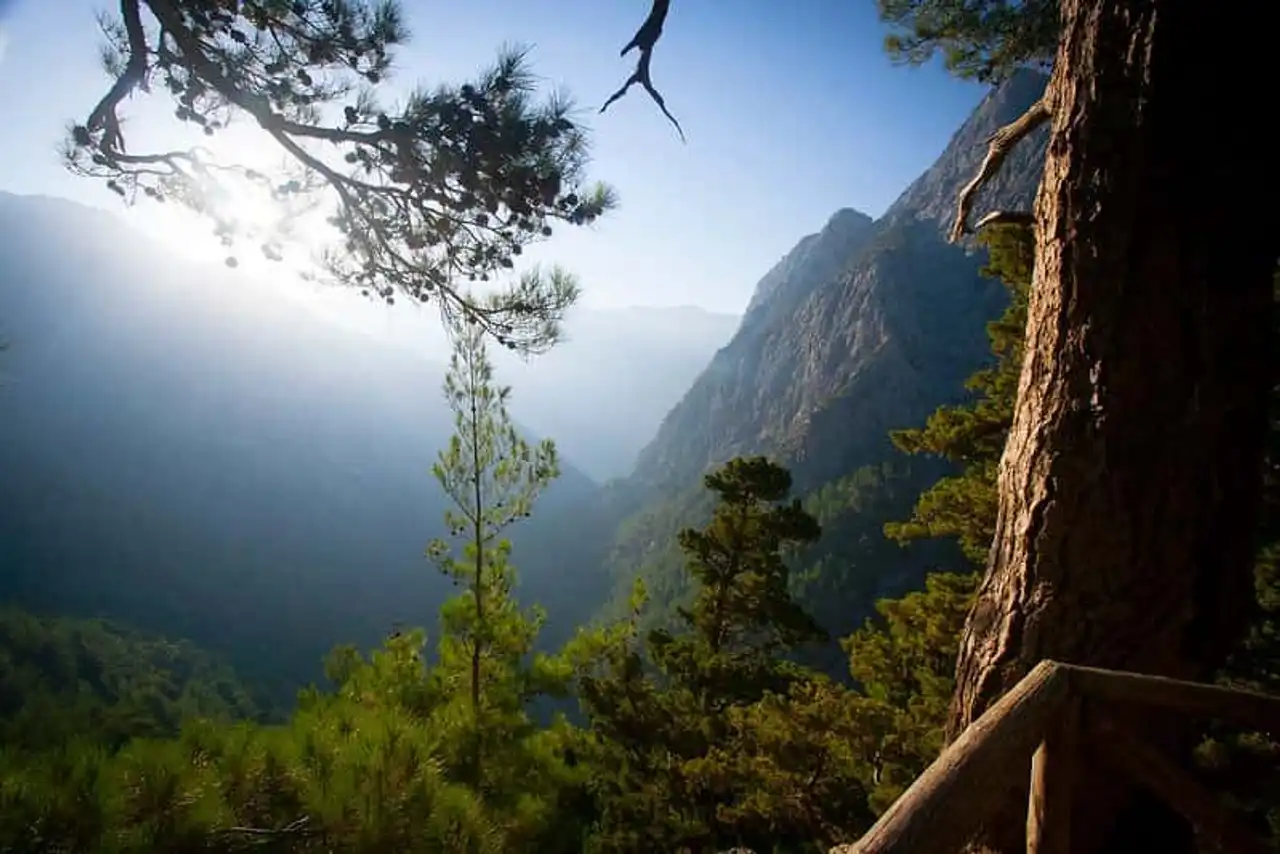
Photo credit: Flickr – Evan Karageorgos
HORARI
It is important to watch weather before visiting the Gorges de Samaria because the rains can make the site inaccessible. In case of heavy rainfall , the authorities may decide to close the site.
When the weather permits, the Gorges de Samaria en Crete are open from 1 May to 15 October , 6 a.m. to 4 p.m. .
RATES
- Simple hiking : 5 €
- Guided tour (with support from your hotel): On average 30 €
Note : Keep the entry ticket preciously because it is requested at the exit. Guards to protect the park and hikers can know, thanks to the visitors' tickets, if everyone went well out of the national park at the close.
BON A LEARN
- Think about good shoes, hat, sunscreen, emergency care kit,
- There are 8 rest areas where drinking water is provided and go to the toilet,
- There are park guards throughout the length: they help hikers in case of need or emergency.
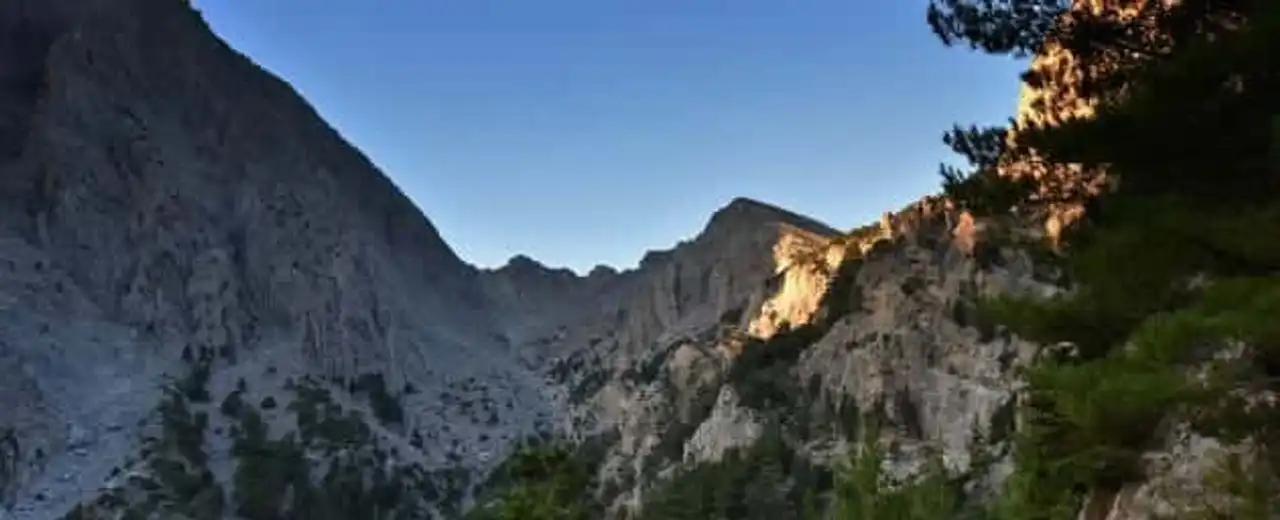





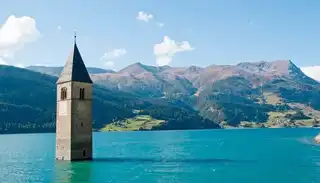

Loading comments ...